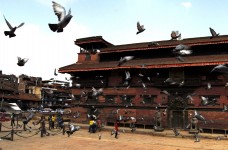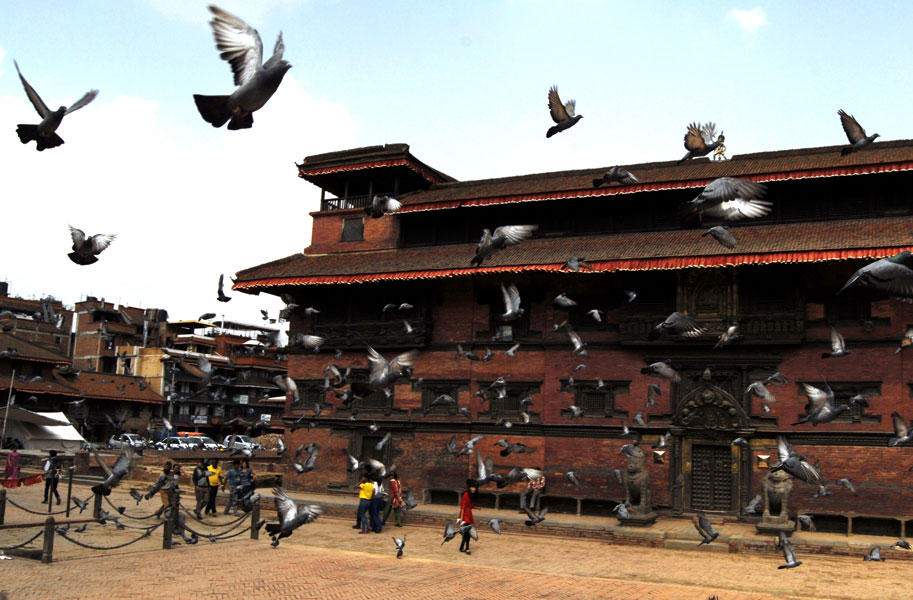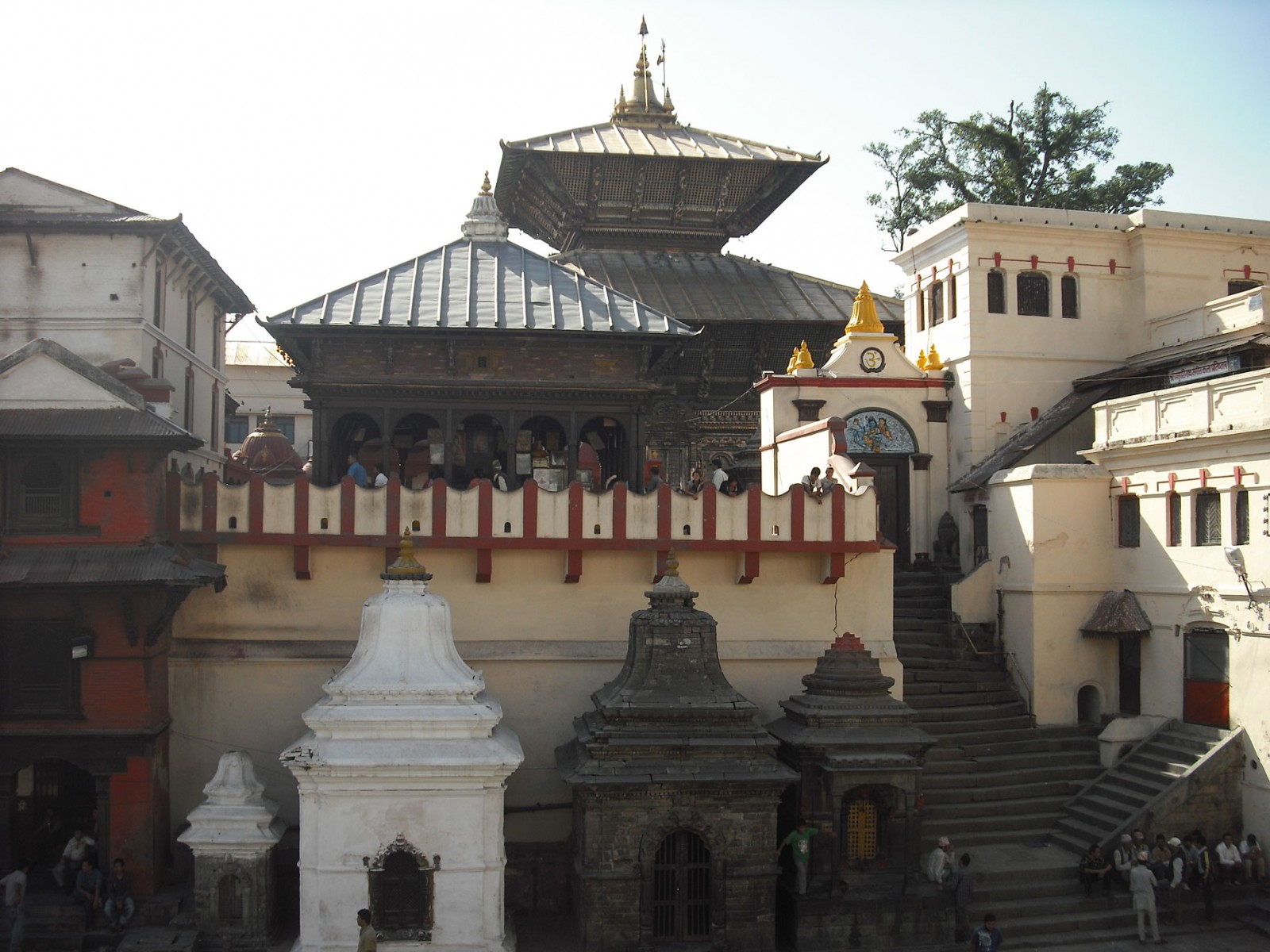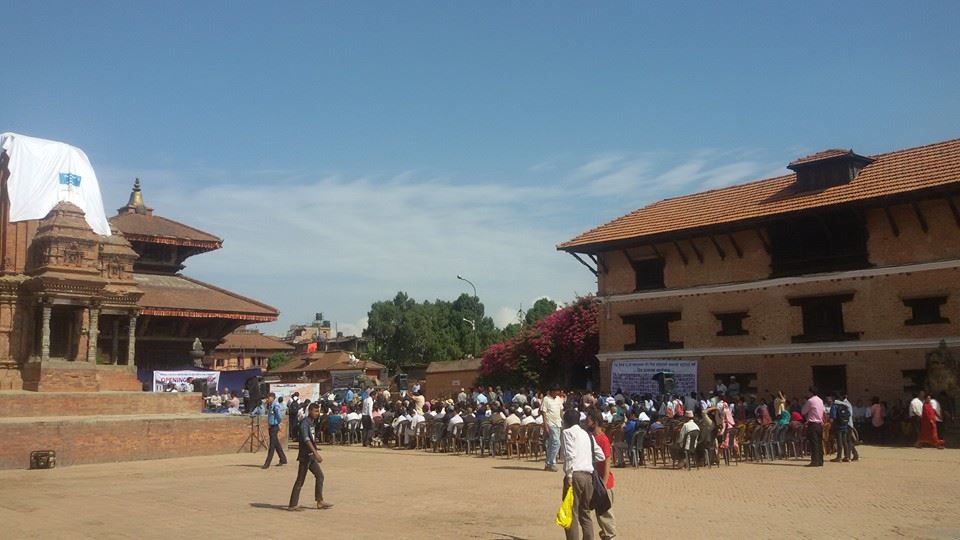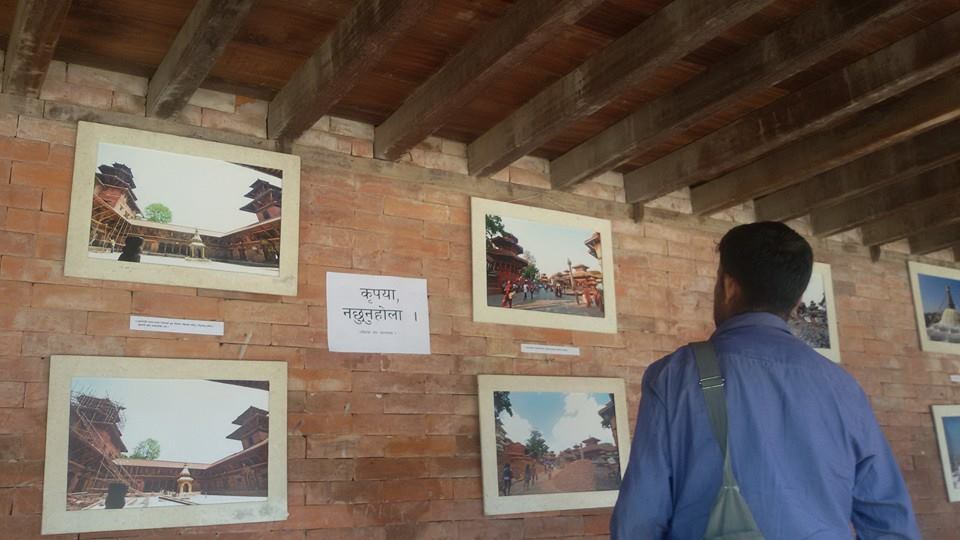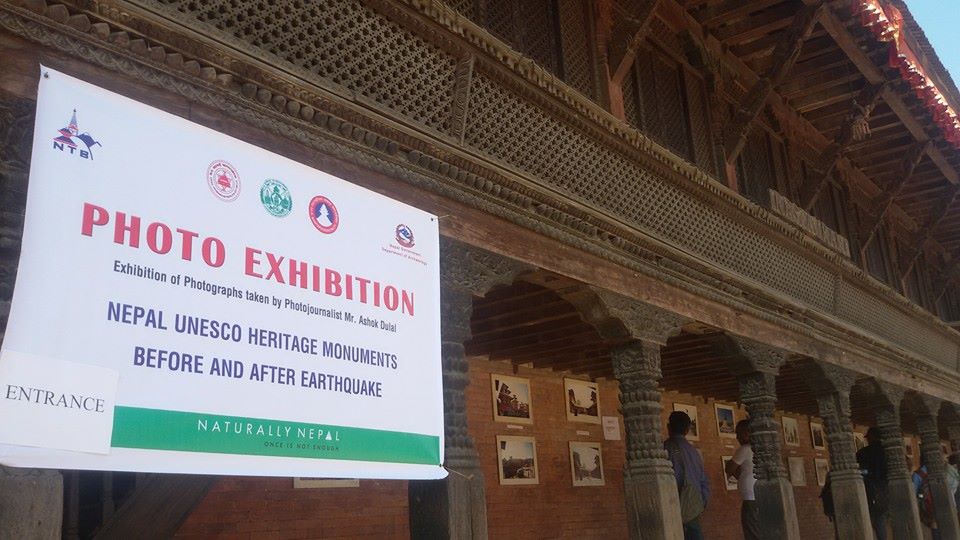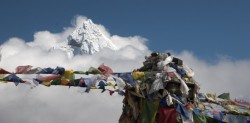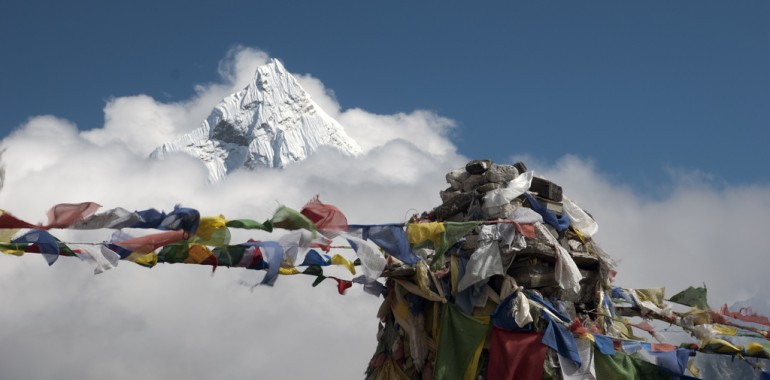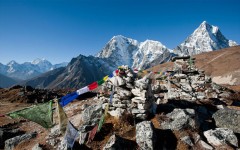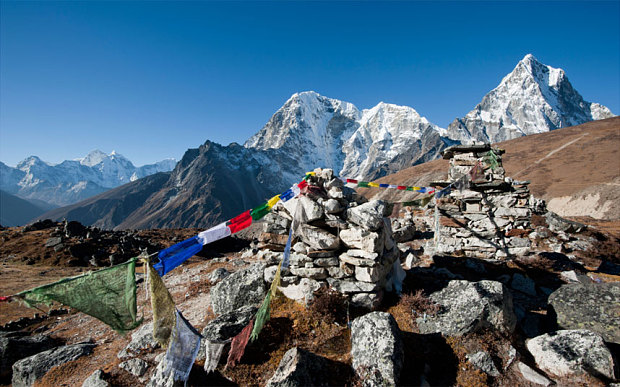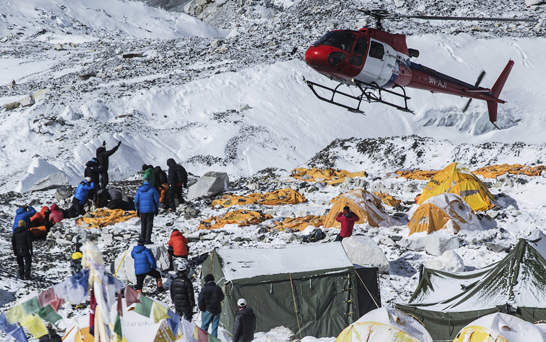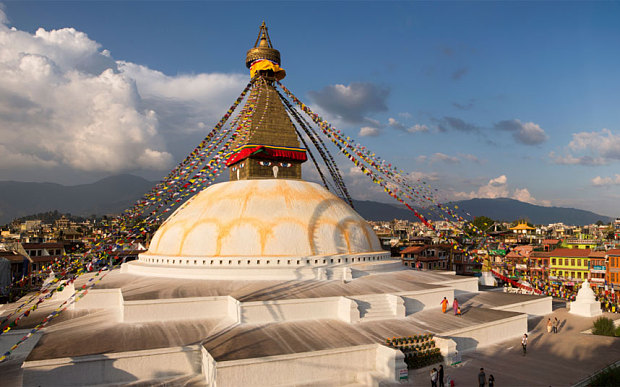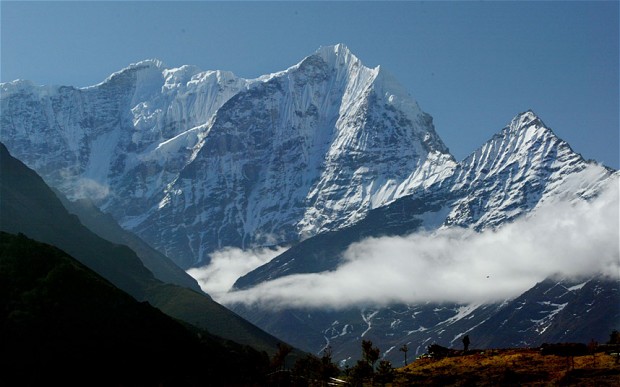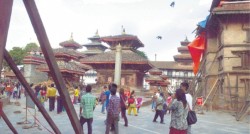
Tourism entrepreneurs have welcomed the idea to celebrate Visit Nepal Year (VNY) campaign in 2017 or 2018, assuming that reconstruction and rebuilding works will be completed by then.
It its Post Disaster Needs Assessment (PDNA) report, National Planning Commission (NPC) has suggested organizing VNY campaign in 2017 and 2018 to rebuild and rebrand Nepal’s tourism image.
Tourism entrepreneurs say the campaign would be effective in promoting Nepali tourism brand in international arena and help bring more tourists. They, however, are for implementing the campaign under public private partnership (PPP) model, saying that the government alone cannot re-brand and promote Nepal in the international market.
PDNA report states that significant efforts and resources as well as proper coordination among key stakeholders would be necessary to ensure that foreign tourists perceive Nepal as a safe destination so that the campaign can be successful.
Bijay Amatya, CEO of Kora Tours, said extensive preparations should be done so that VNY can actually help to bring not just the regular but additional tourists. “We need to focus on promoting new destinations like Dolpa, Rara, Jumla and Ilam, and organizing more international events like Indra Matta, Mani Rimdu and Everest Marathon, among others,” said Amatya.
The report estimates the decline in revenue from entry fees at cultural monuments in Kathmandu Valley will be worth Rs 600 million (US$ 6 million) over the next 12 months. However, tourism entrepreneurs say the loss can be recovered by promoting tourism as a new tourism product as people from all over the world might be interested to come and see how survivors recover and how Nepal rebuilds its cultural heritages and monuments.
“As foreigners have always praised Nepali hospitality, they might love to come and see how Nepalis come out of rubbles and focus on reconstruction,” Raj Gyawali, a tourism entrepreneur, said. “We should focus on people and recovery. The contrast of vibrant modern society with traditional values and heritage should be promoted as foreigners love and value it as they do not have it in their country.”
Among others, tourism entrepreneurs suggest to the government to promote new destinations, provide special packages for tourists, and marketing creatively with new approach for tourism recovery.
Ramesh Kumar Adhikari, chief administrator of Nepal Tourism Board (NTB), said celebrating 2017 or 2018 as VNY could help a lot in tourism recovery. “We can make VNY a grand success if we work in proper coordination and make necessary preparations,” he said. He also added that NTB was planning to organize an international expo in Nepal as per the Pokhara Declaration 2015.
Tourism entrepreneurs, however, say the country should be able spread positive message throughout the world and make people feel that Nepal is safe to visit before making any announcement regarding VNY.
Andrew Jones, vice chairman of PATA, said Nepal needs to tell the world that the situation here is not that worse as seen in international media. “Before arriving Nepal, I was expecting to see whole lot of devastation as shown in different media. But when I arrived here, I was surprised to see that most of the areas in Nepal are still intact and are untouched by the quake,” Jones told Republica in a recent interview. He also suggested the government and tourism entrepreneurs to promote attractions, facilities and areas of heritage and culture, and natural beauty, that have not been affected by the earthquake.
Ramesh Prasad Dhamala, president of Trekking Agencies Association of Nepal (TAAN), said that government should focus on reducing aviation turbine fuel, landing and parking charges at Tribhuwan International Airport so that the air fare will be reduced automatically which will definitely help bring in more tourists. “The national flag carrier, Nepal Airlines Corporation should be strengthened, so that it can fly to different destinations in the world offering cheap fares. This will help us attract more tourists,” he added.
The recovery strategy for tourism in PDNA has four distinct phases — identifying and assessing unaffected and safe tourist destinations, creating a ‘safe trekking system’ for mountain tourism in Nepal, rebuilding and redeveloping damaged areas, and identifying and developing new tourist products and services.
If these things can be focused sequentially, Nepal will be ready to host more tourists very soon.
“Nepal Tourism Year (NTY) 2011 campaign helped us to bring 300,000 additional tourists. If campaigns like VNY can be launched with a strong message, it is not difficult to bring more tourists here,” Yogendra Shakya, national coordinator of NTY, said.
Follow and share our more detail from our social media ; Facebook, Pinterest and Twitter.
Source: Republica
Contact Us:
E-mail: sales@samratnepal






